7 Resources for Free Science Pictures
Pictures are essential in making scientific research more accessible and memorable. Papers, posters, and presentations can all benefit from accurate, visually appealing diagrams. While graphs and micrographs are important figures, they are not always sufficient to illustrate pathways and mechanisms, or to captivate audiences. No one wants to spend hours drawing cells and molecules by hand or splurge on stock images they’re only going to use once, so I’ve compiled a list of my favourite places to find free scientific illustrations. I hope you find it useful!
smart.servier.com
This is an excellent resource for anatomy, biology, and medical illustrations. You can download specific items or entire sets of images. Everything is contained in PowerPoint presentations, so you can easily edit and combine your chosen elements. The material is covered by the Creative Commons 3.0 license, meaning you can share and edit the material as long as you give appropriate credit.
somersault1824.com
Disclaimer: this resource not free, but rather “pay-what-you-can.” You could technically download it for free, but I would strongly suggest chipping in what you can for these professional-looking, elegant illustrations. The creators have PhDs in biomedical sciences as well as artistic expertise. Everything is available in a standard colour scheme, making it easy to mix and match. The images are PNGs with transparent backgrounds so they can easily be dragged and dropped. The work is covered under the Creative Commons 4.0 license meaning it can be shared and adapted for non-commercial purposes.
phil.cdc.gov
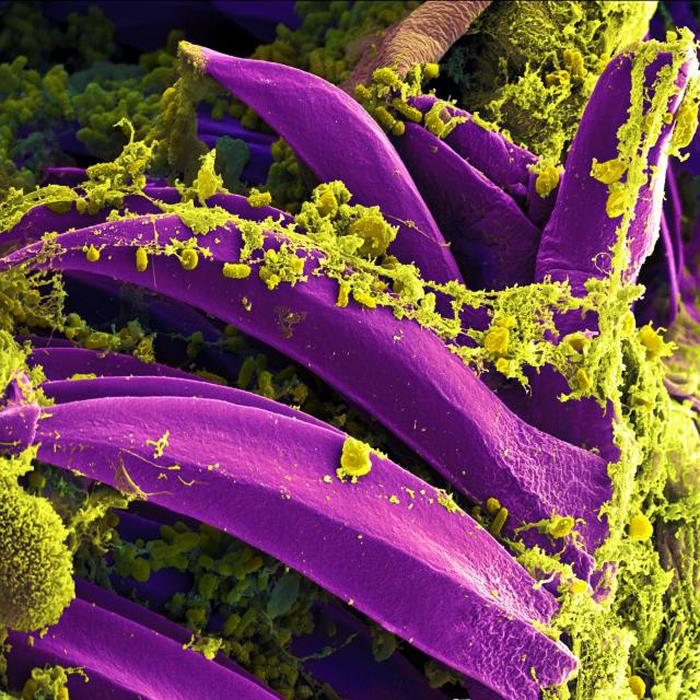
Digitally colorized scanning electron microscopic (SEM) image depicts a number of yellow colored, Yersinia pestis bacteria, that had gathered on the proventricular spines of a Xenopsylla cheopis flea. The Y. pestis bacterium is the pathogen that causes bubonic plague. Source: National Institute of Allergy and Infectious Diseases (NIAID) via PHIL
The Public Health Image Library (PHIL) is a database of images from the Centers for Disease Control and Prevention (CDC) in Atlanta, USA. The database includes photos, illustrations, and videos, many of which are available in high resolution. Images are often in the public domain and free to use, but it is requested that you credit and notify the content provider.
commons.wikimedia.org
Yes, good old Wikipedia made the list! It contains over 45 million files that are categorized and searchable. Images can be in the public domain or covered by creative commons licenses; find out which license applies in the Licensing section of the image page.
scienceimage.csiro.au
This science photo library of over 4000 free images is from the Commonwealth Scientific and Industrial Research Organisation (CSIRO) in Australia. Categories include astronomy, microscopy, and nature photography. The images are mostly photographs and micrographs which are free to download and use as long as you give the original author credit.
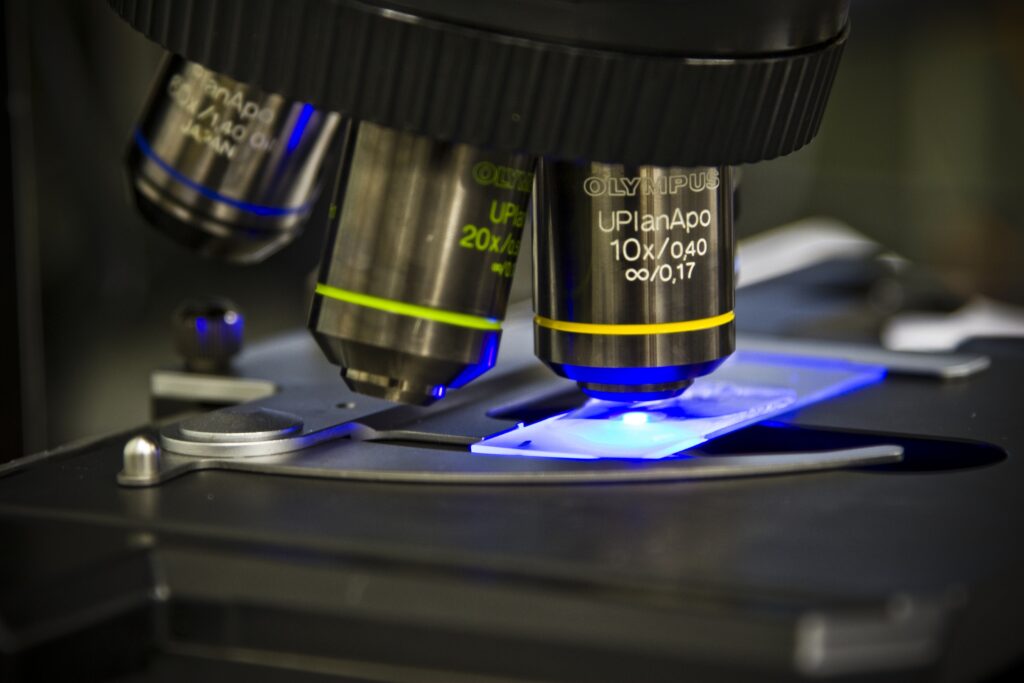
Using an Olympus Microscope to examine slides.
Source: Morgan Brown via CSIRO
pixabay.com
Pixabay is a good source of free science stock images (with the option to pay for higher-resolution photos). There are some high quality diagrams of cells and DNA as well as pictures of scientists at work. They are free to download and use.
pexels.com
Pexels is another source of stock images, including some interesting science stock photos. They are free to use for any reason and do not require attribution. Use your judgment with stock images: they may be eye-catching but inaccurate. Speaking of which, the original featured image for this blog contained some left-handed DNA (thank you to some observant scientists on Twitter for alerting me). Here’s an easy way to tell the difference so you don’t end up in the Left-Handed DNA Hall of Fame.
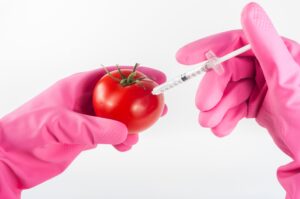
No, that’s not how GMOs are made.
Adobe Stock (Bonus)
stock.adobe.com
Adobe Stock is full of high-quality images. Large companies often use these images in their marketing campaigns, and for good reason! There are numerous 3D illustrations that are detailed, artistic, and scientifically sound. For this reason, a basic Adobe Stock membership is $30 USD per month. However, you can sign up for a month-long trial and download up to 10 images for free. You have to enter your credit card information, but if you cancel within the first month you won’t be charged. A $1.35 “pending” charge appeared on my credit card account, but it disappeared within several days.
These are just a few of my favourite image sources, please comment any others you’ve found helpful!

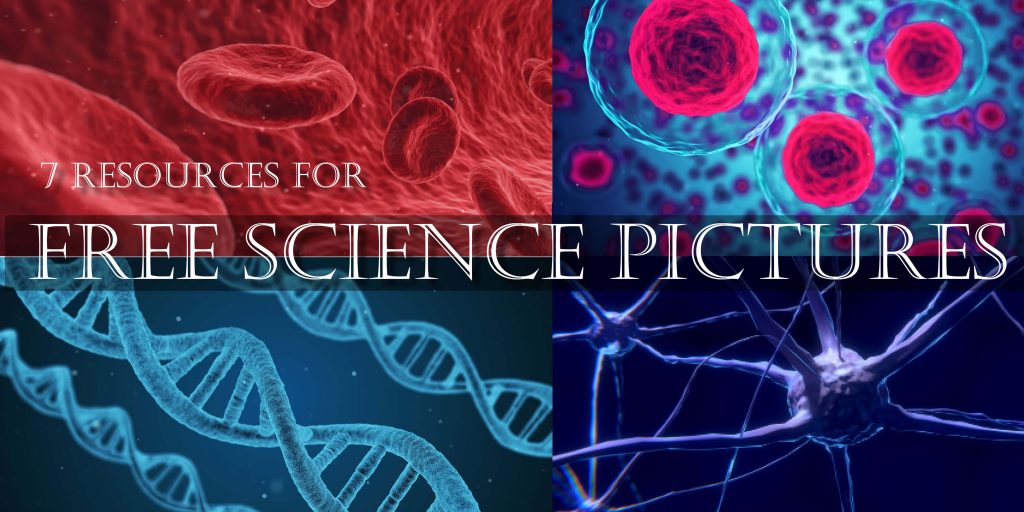
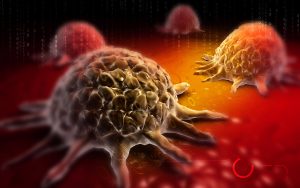
Wow this has been incredibly helpful! I am doing my thesis for the final course of college and this is exactly what I was looking for, thank you so much!
Happy we could help–good luck with your thesis!
What does original author credit means? we have to pay for images?? for example as mentione that “which are free to download and use as long as you give the original author credit” !! what does it mean???
Rest, you provided a good collection.
Regards
Hi Usama,
It just means that wherever you use the image, you need to write where you found it and who the author is. For example, for the microscope picture in the caption I gave Morgan Brown, the author, credit by mentioning their name.
Great sources! I love your page with images to share online.
Very useful indeed! Do you have insights into giving credit? For example, when using Adobe Stock images in a figure, does the author and Adobe Stock need to be credited? That can get messy if there are several images in a figure…
Hi Hanno,
The best way to give credit depends on the licensing of the image. For instance, Adobe’s licensing terms are here: https://stock.adobe.com/ca/license-terms. For images shared using Creative Commons licenses, more information on attribution can be found here: https://wiki.creativecommons.org/wiki/Best_practices_for_attribution. Good luck!
This turned out to be a pretty useful resource for me.
Thanks Patricia!